
Canon has announced the CINE-SERVO 15-120mm T2.95-T3.95 (CN8x15 IAS S) lens. Canon designed the 15-120mm to be a versatile lens that can be used for wildlife, documentary, broadcast, and cinema applications. It covers Super 35mm sized sensors, but it will cover full-frame sensors if you engage the built-in 1.5x extender.
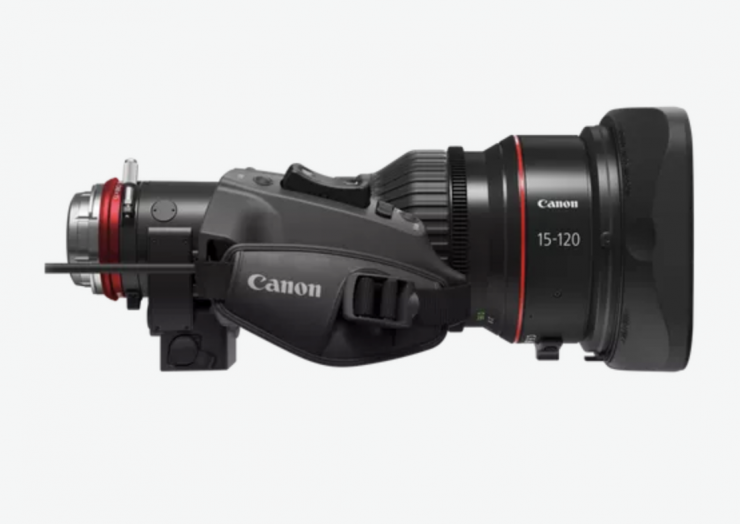
This is a very unique lens and to be honest, it doesn’t have a ton of competition. No other lens on the market has this focal range.
You might be asking, hold on, doesn’t Canon already make a 17-120mm servo zoom? Yes, they do, but the biggest difference between that lens and the new 15-120mm is that you get an extra 2mm on the wide end and a built-in 1.5x extender.
CINE-SERVO Trinity
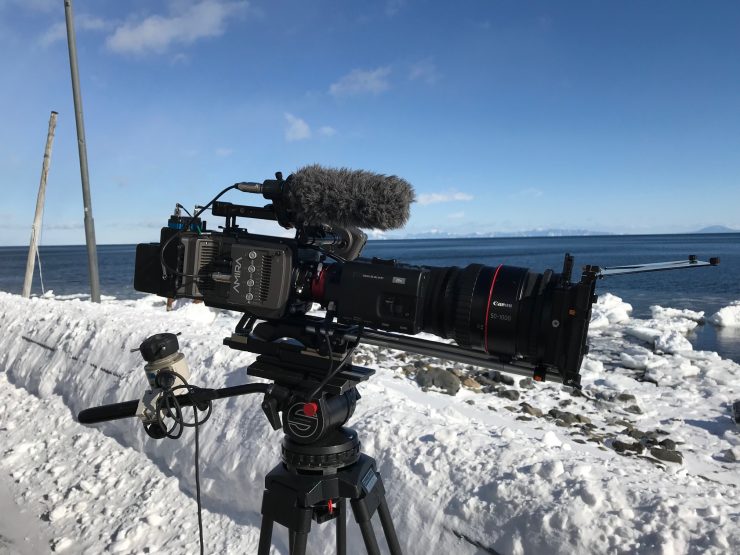

CINE-SERVO 50-1000mm T5.0-8.9 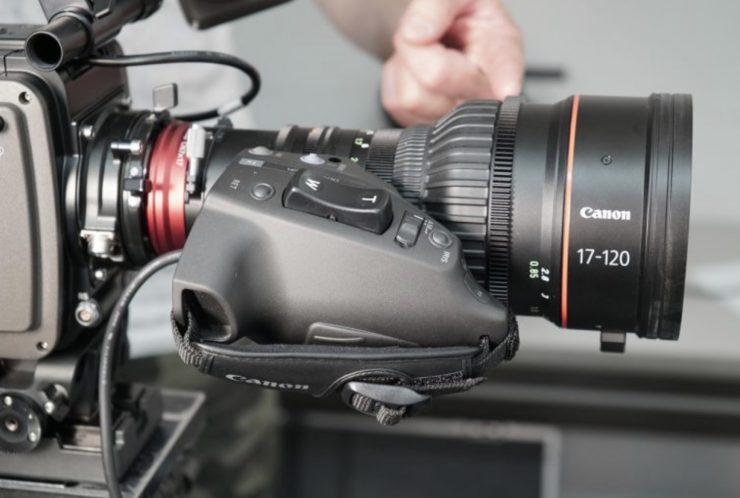
CN7x17 KAS S Cine-Servo 17-120mm T2.95 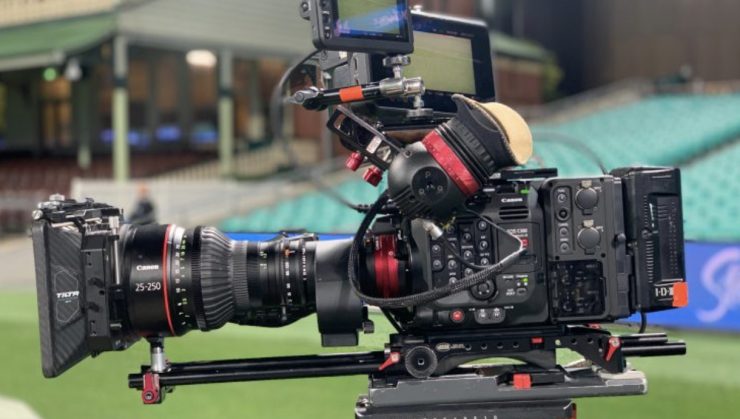
CINE-SERVO 25-250mm T2.95-3.9
The CINE-SERVO 15-120mm T2.95-T3.95 covers S35-sized sensors and it slots in with the existing CN7x17 KAS S Cine-Servo 17-120mm T2.95, CINE-SERVO 25-250mm T2.95-3.9, and the CINE-SERVO 50-1000mm T5.0-8.9.
Canon now has four CINE-SERVO zooms that cover a range from 15mm out to a whopping 1500mm (if you engage the 1.5x extender on the 50-1000mm).
Variable Aperture
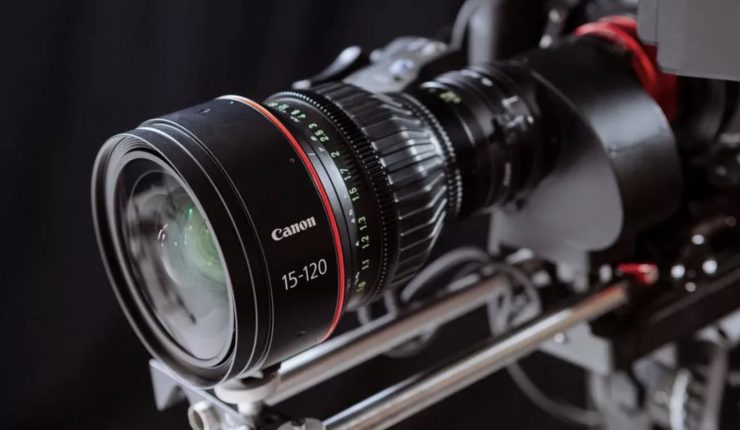
The lens doesn’t have a constant aperture. If Canon had given the lens a constant aperture it would have made it significantly larger and heavier.
The lens remains at T2.95 from 15-90mm and then it starts ramping up to T3.95 from there. It is unclear at this stage how linear that ramp is. Still, having a constant T2.95 aperture between 15-95mm is impressive.
So how does the Canon compare to the aperture ranges of other cine zooms with similar focal lengths? Below you can see:
| T-stop Range | |
| Canon CINE-SERVO 15-120mm T | T2.95-T3.95 |
| Canon Canon CN7x17 KAS S Cine-Servo 17-120mm T2.95 | T2.95-T3.9 |
| Fujinon XK20-120mm T3.5 Cabrio Lens | T3.5 |
Optical Design & Features
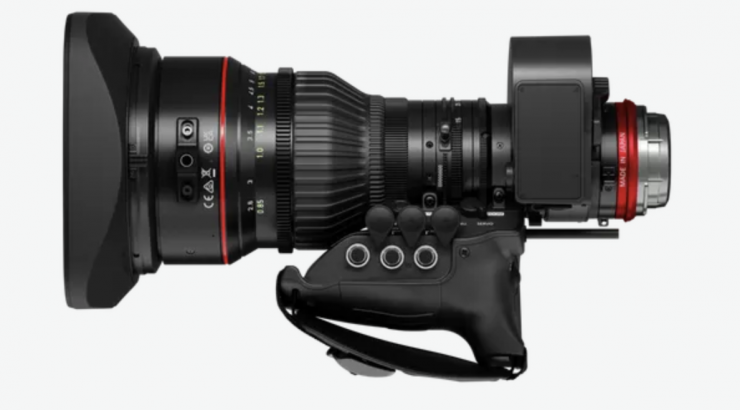
Canon used a lot of the same technologies they came up with when they designed the 25-250mm and 50-1000mm. The optical design and mechanics can be directly traced back to both those lenses.
The 15-120mm uses an 11 blade iris which is exactly the same as both the CN7x17 KAS S Cine-Servo 17-120mm, CINE-SERVO 25-250mm T2.95, and Canon Cine-Servo 50-1000mm.
Just like its siblings, it features the same 180° of focus rotation for precise focus pulls and is marked in both feet and meters. This makes it a lot easier to pull focus manually than using a lens with 300 degrees of rotation.
The 15-120mm has a close focus ability of 0.85 m / 2.8’.
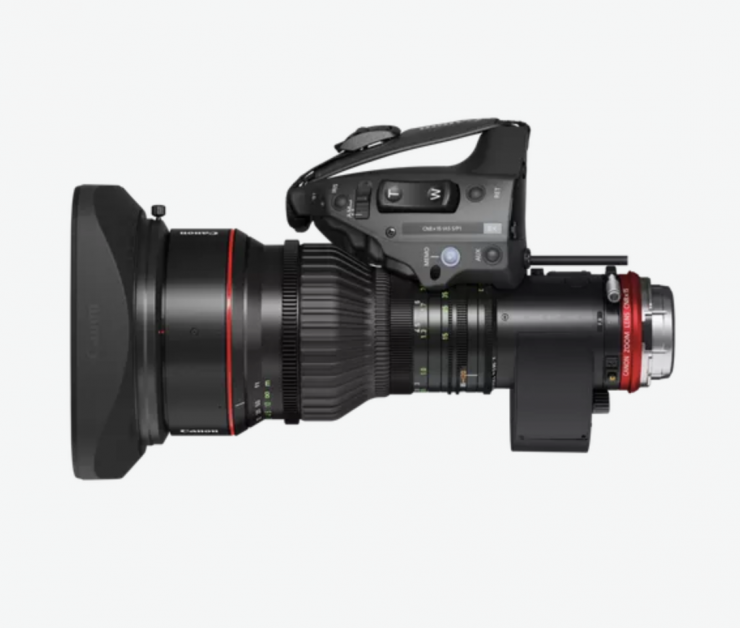
If you need to focus even closer, just like the 17-120mm and the 25-250mm, the 15-120mm lens also features a macro function.
The lens also features 0.8 MOD / 32 Pitch focus gears and 0.5 MOD / 51 Pitch gears on the iris and zoom. It has a Φ 114 mm front filter diameter.
Canon states that the focus breathing is well controlled on this lens.
The PL version of the lens supports Cooke/i Technology as well as Zeiss’ eXtended data. This allows information such as distortion and shading characteristics can be output externally, recorded, and displayed in real-time.
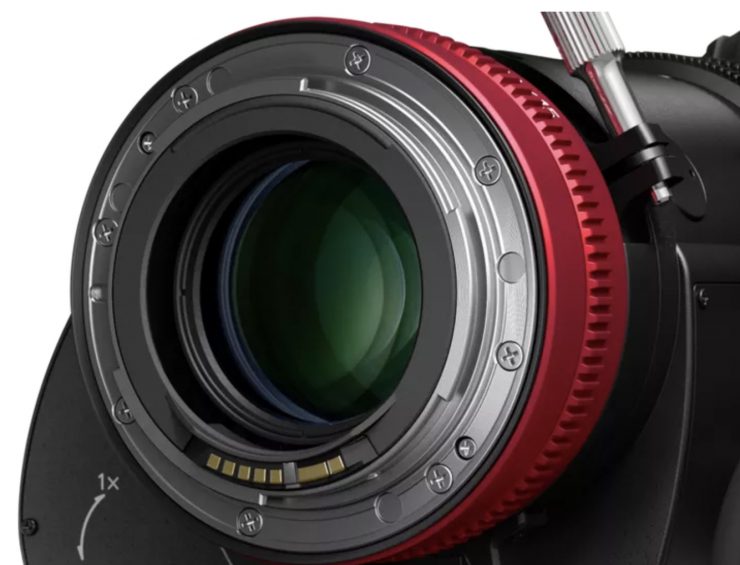
The EF version of the lens allows any Cinema EOS camera with an EF mount to display and record lens information as well as provide focus guides and AF capabilities.
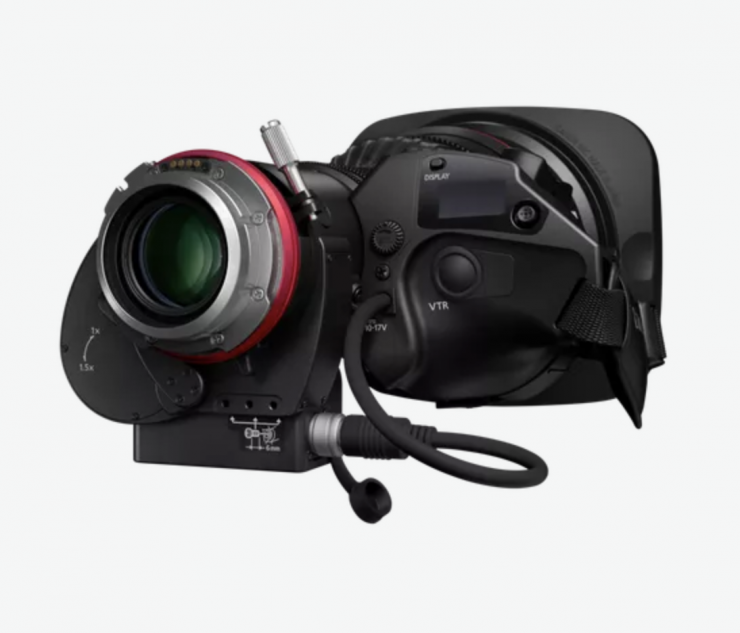
There is also 12-pin serial communication available on both the EF and PL versions of this lens. When connected to a supported camera the lens can be operated and controlled in the same way as a broadcast lens. It also supports ARRI illumination correction which corrects F stop and illumination drop due to light fall-off when mounted on Sony cameras.
Lightweight
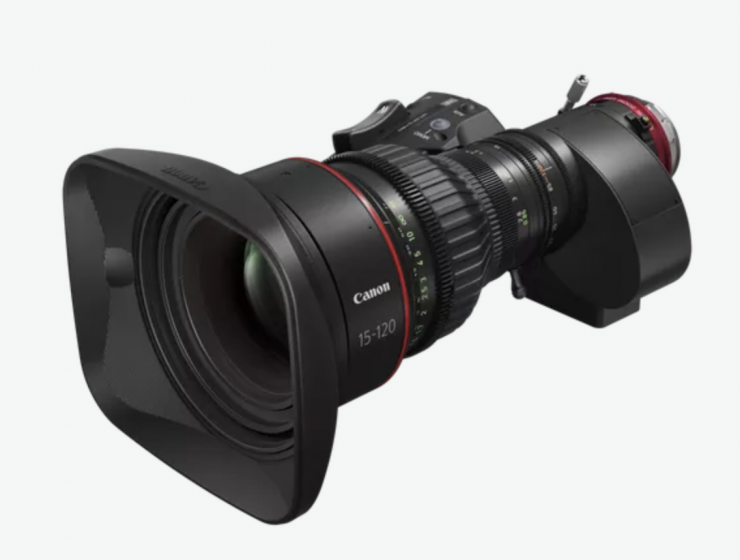
You wouldn’t normally classify a lens that weighs in at 3.4kg as lightweight, but for a cine zoom lens with this focal range, it is exceptionally light.
The lens has physical dimensions of 186.7 x 131.7 x 286.9 mm (PL Mount).
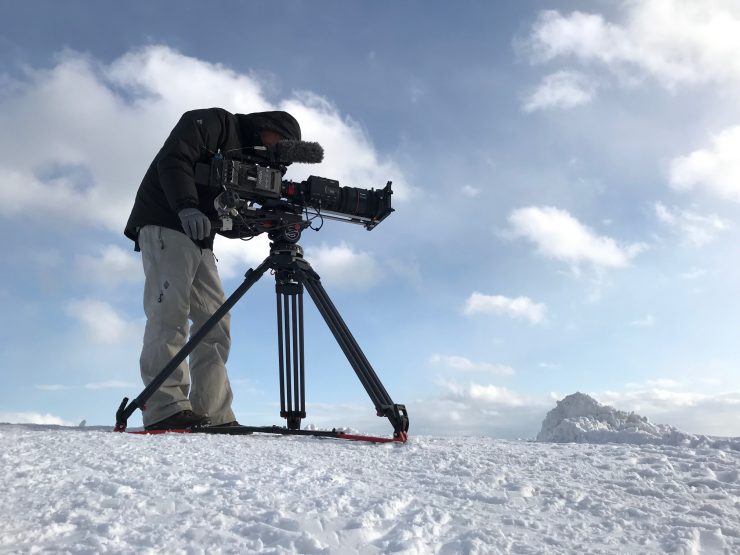
Canon took a lot of what they learned from creating the CINE-SERVO 50-1000mm T5.0-8.9 and CINE-SERVO 25-250mm T2.95-3.9. Making a 8x cine zoom that has T2.95-3.95 aperture and weighs under 4kg is a real engineering feat.
The digital drive unit can also be removed if you want to make the lens even lighter.
As a comparison, here is what a couple of other cine zoom lenses with similar focal ranges weigh:
| WEIGHT | |
| CINE-SERVO 15-120mm T2.95-T3.95 | 8.59 lb / 3.9kg |
| Canon Canon CN7x17 KAS S Cine-Servo 17-120mm T2.95 | 6.4 lb / 2.9 kg |
| Fujinon XK20-120mm T3.5 Cabrio Lens | 5.3 lb / 2.4 kg |
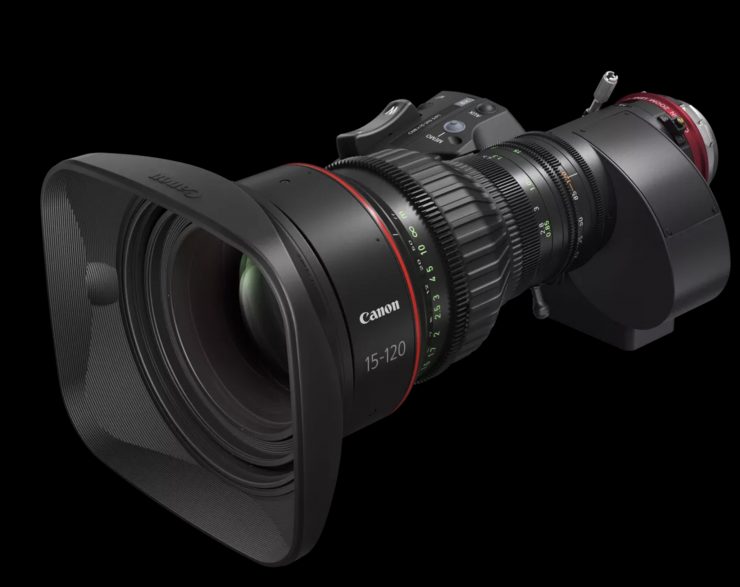
The only problem I can see with the 15-120mm is that just like the 17-120mm and 25-250mm, a lot of the weight is concentrated at the very front of the lens. This makes it difficult to balance when shooting on the shoulder.
Built-in Extender
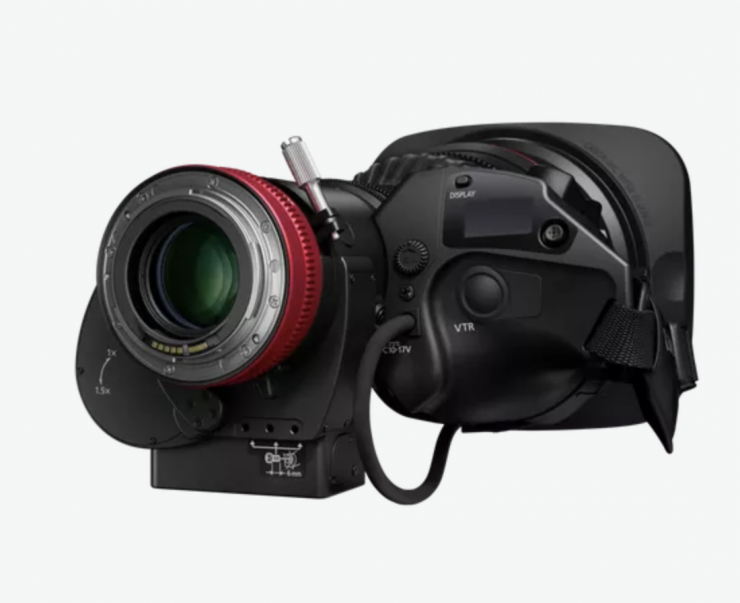
Just like the CINE-SERVO 50-1000mm T5.0-8.9, and the 25-250mm, the 15-120mm features a built-in extender.
The extender on the 15-120mm is a 1.5x, which allows the user to change the focal range of the lens to 22.5-180mm. Of course, by doing this you will lose light, and the lenses T-stop range changes to T4.4-T5.9.
Having a lens that can go out to 180mm at T5.9 is still impressive. With today’s modern digital cinema cameras having such good sensitivity, T5.9 is going to be more than usable in most situations.
By adding a 1.5x extender Canon has greatly increased the versatility of this lens.
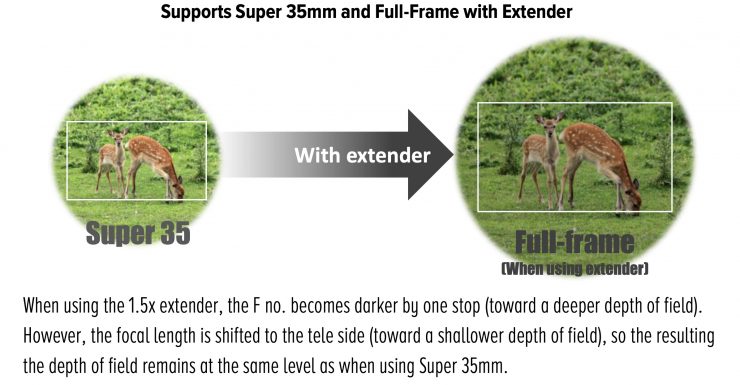
Even though the lens is only designed to cover S35 sensors if you activate the 1.5x extender the lens will actually cover full-frame sensors.
Servo Drive Unit
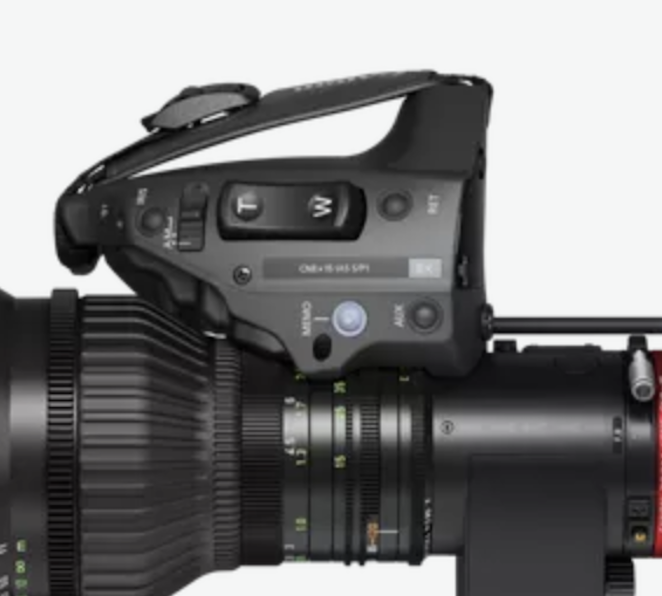
The detachable drive unit, can be removed and reattached with the zoom in any position, requiring no re-calibration. It also supports motorized zoom speeds ranging from 1.5 seconds to 180 seconds to zoom throughout the entire range. The zoom control includes a mini-LCD that displays zoom, focus, and iris setting. The lens mount supports electronic signal pass through, supporting EOS lens data management functions. The built-in, 12-pin connector allows you to interface this lens with standard broadcast connectors.
DPAF
If you use the EF mount version of the lens you can take advantage of Canon’s proprietary Dual Pixel CMOS AF.
No IS
Just like the 7×17 KAS S Cine-Servo 17-120mm, Cine-Servo 50-1000mm, and 25-250mm, the 15-120mm doesn’t feature any IS.
As someone who uses the Cine-Servo 50-1000mm, I would have liked to have seen some sort of IS incorporated. With the 50-1000mm you really need to use a very heavy-duty tripod, because the slightest amount of movement at 1000mm is very noticeable.
It will be interesting to see how well the 15-120mm works with the C500 Mark II and C300 Mark III as both of those cameras feature electronic image stabilization (EIS).
Price & Availability
The Canon CINE-SERVO 15-120mm T2.95-3.95 is scheduled to be available in late November for an estimated retail price of $30,999 USD.
| PRICE | |
| Canon CINE-SERVO 15-120mm T2.95-3.9 | $30,999 USD |
| Canon CN7x17 KAS S Cine-Servo 17-120mm T2.95 | $23,850 USD |
| Fujinon’s XK20-120mm T3.5 Cabrio Lens | $12,995 USD |
Above you can see what Canon’s own CN7x17 KAS S Cine-Servo 17-120mm T2.95 and Fujinon’s XK20-120mm T3.5 Cabrio Lens cost.
Full Specifications
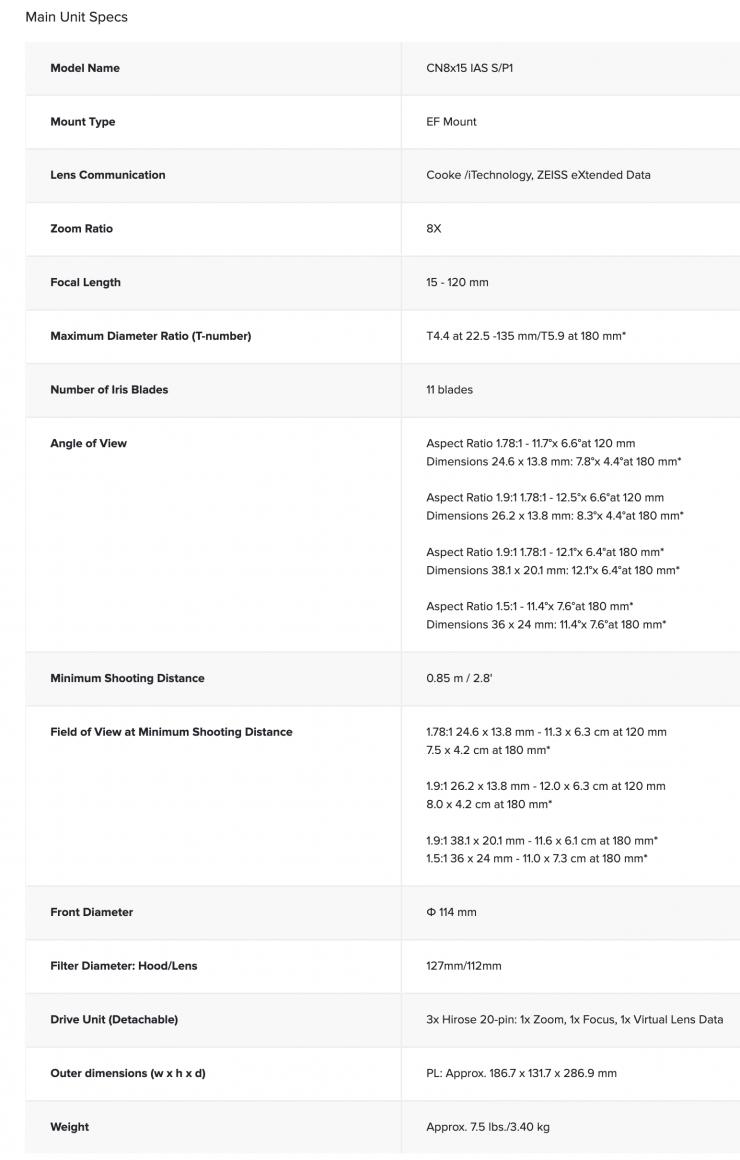
Thoughts
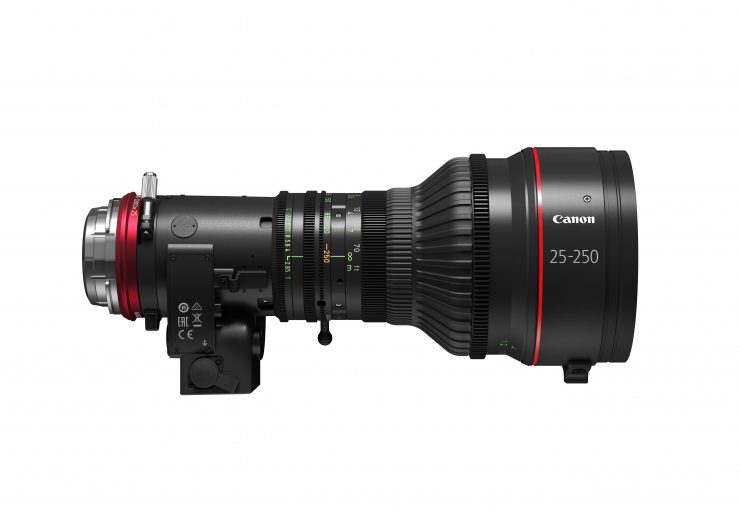
The 15-120mm T2.95-T3.95 looks to be a very interesting lens. If you are doing high-end documentary work then its range, coupled with its manageable weight makes it a compelling solution.
This is not a lens for everyone and if you think that someone is going to suddenly be able to make a lens with these specifications for $5,000 USD then you need to keep dreaming.
What is a little odd is that Canon is still not releasing any Cine Zooms with an RF mount and they are not developing full frame capable Cine zoom lenses either.
There are physical limitations when designing optics and Canon has certainly pushed those boundaries with this lens.





